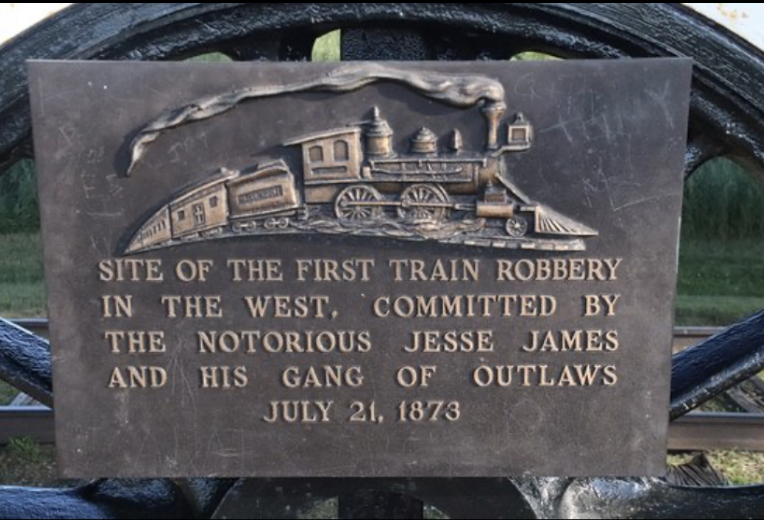
The Great Train Robbery: Britain’s Last Grand Heist and Enduring Legend
The night of August 8, 1963, was an ordinary one for the Royal Mail train, a routine service carrying mail, parcels, and an astonishing quantity of cash from Glasgow to London. As it thundered through the Buckinghamshire countryside, cutting a path through the pre-dawn darkness, no one aboard could have imagined that in a few short hours, it would become the unwitting centrepiece of a crime that would etch itself into the annals of British history, forever known as The Great Train Robbery. It was a heist of audacious scale, meticulous planning, and a dramatic aftermath that captivated a nation and gave birth to an enduring legend.
At Sears Crossing, near Bridego Bridge, the train’s journey came to an abrupt, unexpected halt. The signal lights, tampered with by an unseen hand, glowed red. Driver Jack Mills, a man of routine and experience, brought the train to a stop, his instincts telling him something was amiss. What followed was a swift, brutal, and meticulously executed operation that netted a staggering £2.6 million – an astonishing sum then, equivalent to over £60 million today. This wasn’t just a robbery; it was a statement, a theatrical performance of criminal ingenuity that left Scotland Yard reeling and the public both horrified and, in some quarters, secretly admiring.
The mastermind behind this audacious plot was Bruce Reynolds, a charming, intelligent, and ambitious criminal who envisioned a score so grand it would allow him to escape the grubby confines of petty crime forever. Reynolds, with his distinctive Fedora hat and flair for the dramatic, had spent months, perhaps even years, observing the Royal Mail’s operations. He knew of the "registered letter coach," a heavily guarded carriage that, especially after a bank holiday weekend, would be laden with cash being transported for sorting.
Reynolds assembled a diverse crew, a rogues’ gallery of hardened criminals, ex-military personnel, and specialists. Among them were Buster Edwards, a flower seller and small-time crook with a knack for planning; Charlie Wilson, known as "the silent man" for his stoic demeanour; Jimmy White, a safe-blower; and Ronnie Biggs, a relatively minor player at the time, whose later escape would elevate him to international notoriety. The gang comprised 15 men in total, each with a specific role, bound by a code of silence and the promise of untold riches. They were, in Reynolds’ words, "an A-team, but without the violence."
The plan was brilliantly simple in concept, terrifyingly complex in execution. First, they would tamper with the signals. A glove was placed over a green light, a battery-powered lamp wired to a red one. When




